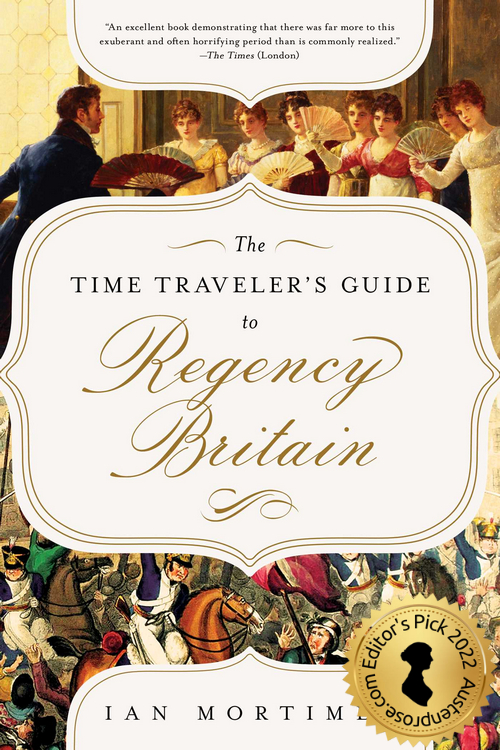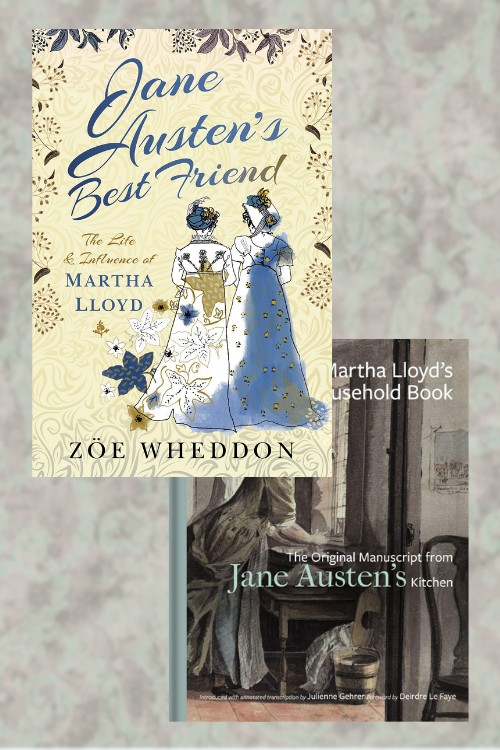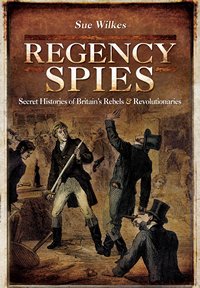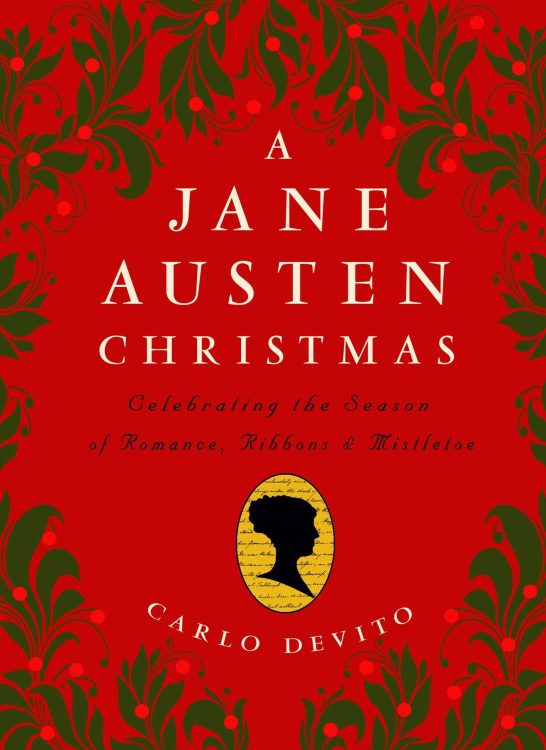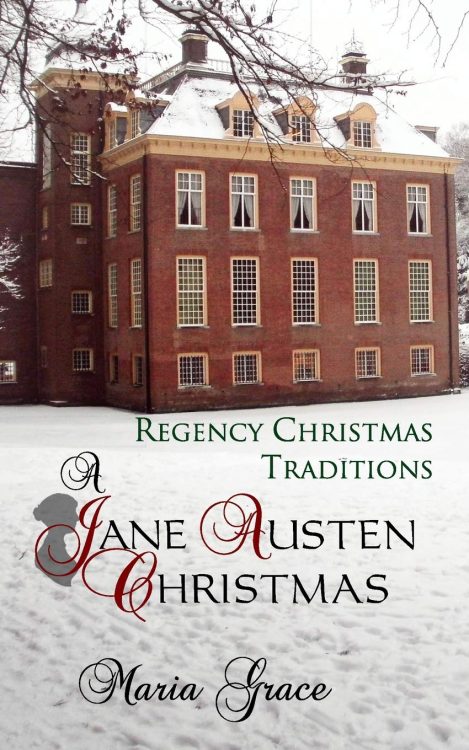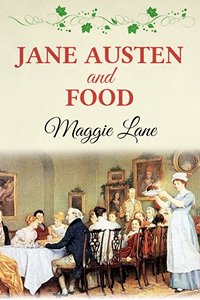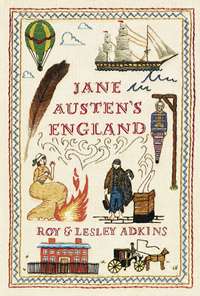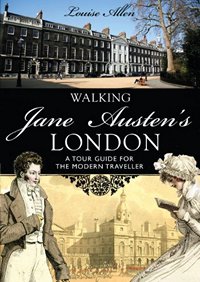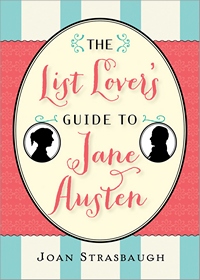From the desk of Tracy Hickman: Austenesque fiction like The Jane Austen Project and the BBC TV series Lost in Austen have entertained Janeites with fantastic stories about journeying back in time to Austen’s Regency Britain. While I cannot imagine being tempted myself, unless guaranteed a round-trip ticket, the idea of a virtual visit to... Continue Reading →
A Preview of Two New Books Featuring Martha Lloyd, Jane Austen’s Second Sister
From the desk of Laurel Ann Nattress: Have you ever read a book and felt an immediate infinity to the author—like they were your best friend and had written the book just for you? It doesn’t happen very often for me, but it did when I read Pride and Prejudice for the first time many... Continue Reading →
Regency Spies: Secret Histories of Britain’s Rebels & Revolutionaries, by Sue Wilkes – A Review
From the desk of Stephanie Barron: PARANOIA RUNS DEEP From the moment I saw the title of Sue Wilkes’s latest book, Regency Spies (Pen & Sword Books, 2015), I was desperate to get my hot little hands on a copy. In a distant chapter of my life I was trained in espionage by the CIA,... Continue Reading →
A Jane Austen Christmas: Celebrating the Season of Romance, Ribbons & Mistletoe, by Carlo DeVito – A Review
From the desk of Lisa Galek: If you’ve ever wondered how your favorite author celebrated Christmas in the 18th century—or just know someone who has—A Jane Austen Christmas: Celebrating the Season of Romance, Ribbons, and Mistletoe by Carlo DeVito is the perfect package to place under the tree this holiday. A Journey Through Austen's Christmas... Continue Reading →
Jane Austen’s Names: Riddles, Persons, Places, by Margaret Doody – A Review
From the desk of Br. Paul Byrd, OP: “Historical allusions abound in [Austen’s] fiction--they are part of the consciousness of each novel in itself. Combinations of place names and personal names point both back and forward. Or rather, references and images are more than just allusions; we find we are within history all the time.... Continue Reading →
A Preview & Exclusive Excerpt of A Jane Austen Christmas: Regency Christmas Traditions, by Maria Grace
From the desk of Laurel Ann Nattress: Christmastide holiday celebrations were much different during the Regency-era than the Victorian traditions that many people celebrate today. If you are curious about how Jane Austen, her family, and friends decked the halls, what food they ate, games they played, and gifts they exchanged, then A Jane Austen... Continue Reading →
The Jane Austen Rules: A Classic Guide to Modern Love, by Sinead Murphy – A Review
From the desk of Tracy Hickman: When author Sinead Murphy chose to title her guide to modern dating The Jane Austen Rules it was guaranteed to generate a certain amount of controversy. In the mid-1990s, a dating guide titled The Rules became famous (or infamous, depending on your point of view) for imparting to women... Continue Reading →
Jane Austen and Food, by Maggie Lane – A Review
From the desk of Sarah Emsley: Is it easier or harder to write if you’re also responsible for feeding and looking after your family? “Composition seems to be impossible, with a head full of joints of mutton and doses of rhubarb,” Jane Austen wrote to her sister Cassandra in September 1816, after a period in... Continue Reading →
Jane Austen’s England, by Roy and Lesley Adkins – A Review
From the desk of Shelley DeWees: “In her novels Jane Austen brilliantly portrayed the lives of the middle and upper classes, but barely mentioned the cast of characters who constituted the bulk of the population. It would be left to the genius of the next generation, Charles Dickens, to write novels about the poor, the... Continue Reading →
Book Launch of Jane Austen’s England, by Lesley and Roy Adkins
Let’s face it. Life in a Jane Austen novel is a fantasy to us two-hundred years after they were originally set. Who wouldn’t want to wear a pretty silk frock, dance with Mr. Darcy at the Netherfield ball or ride in Lady Catherine de Bourgh’s barouche? But life in Jane Austen’s England was not all... Continue Reading →
Walking Jane Austen’s London: A Tour Guide for the Modern Reader, by Louise Allen – A Review
From the desk of Katie Patchell: Have you ever wanted to experience Jane Austen’s London? To see all the sights (comparing past and present) and to literally walk in Jane’s footsteps, all without being slowed down by an actual tour guide? If so, then Walking Jane Austen’s London: A Tour Guide for The Modern Reader... Continue Reading →
The List Lover’s Guide to Jane Austen, by Joan Strasbaugh – A Review
Ever wonder what books Jane Austen read, who her relations were, where she lived and traveled, or what were her pet peeves? Well, what true Janeite doesn't? Do you want to learn more about your favorite author than you ever expected to discover all packed up and neatly arranged in one tidy volume? Then read... Continue Reading →
